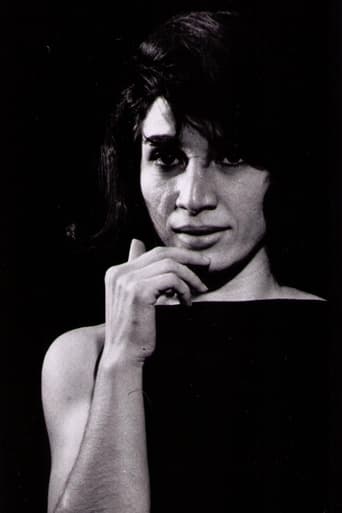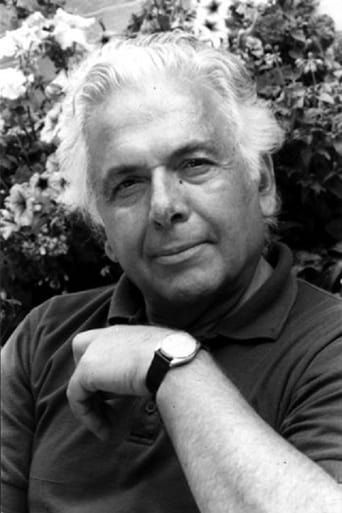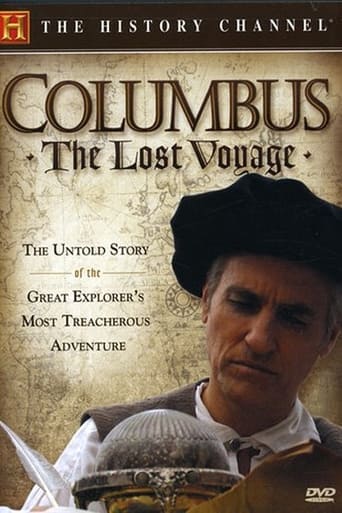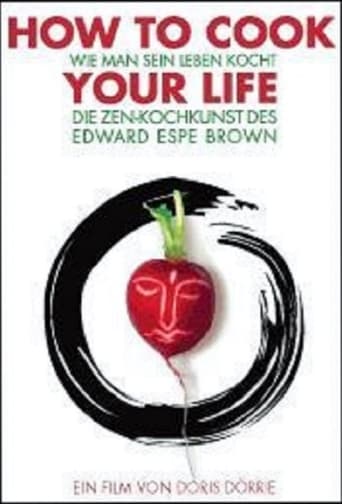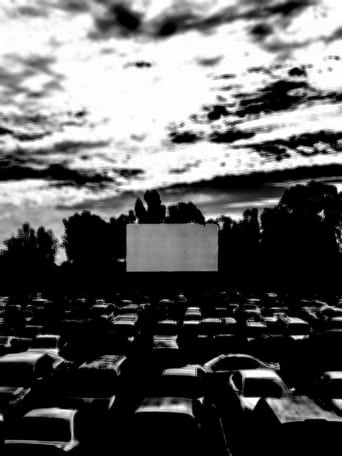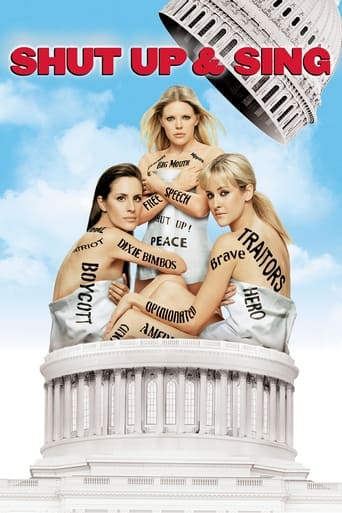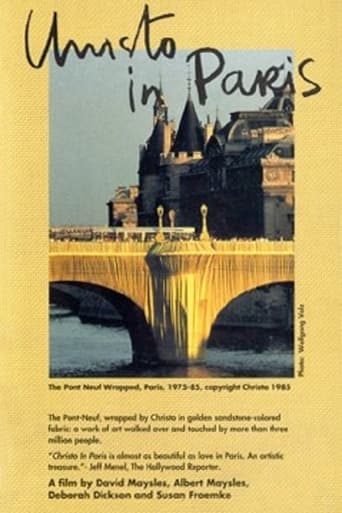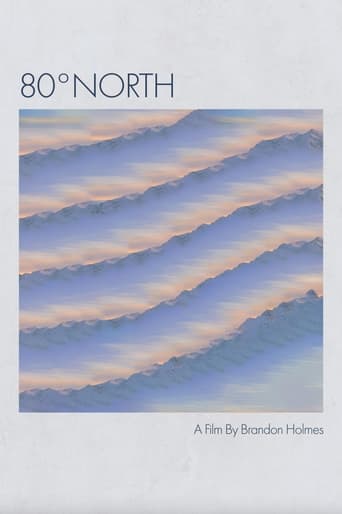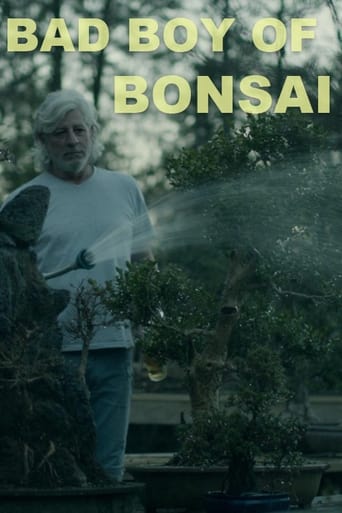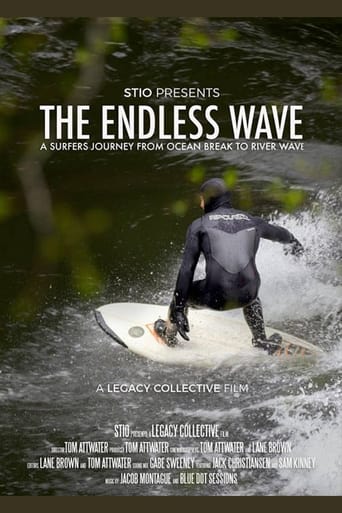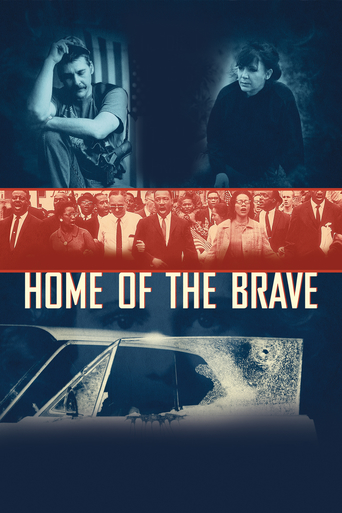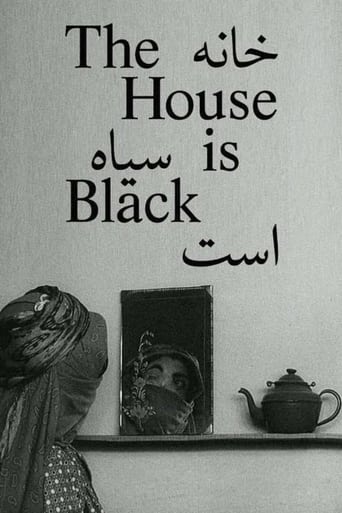
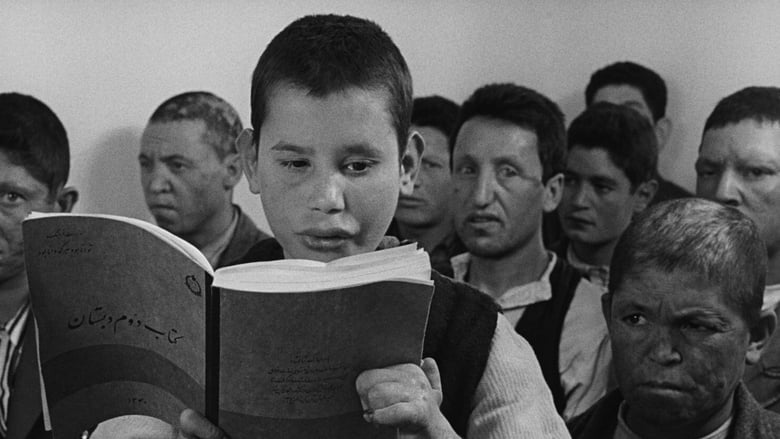
The House Is Black (1963)
Set in a leper colony in the north of Iran, The House is Black juxtaposes "ugliness," of which there is much in the world as stated in the opening scenes, with religion and gratitude.
Watch Trailer
Cast
Similar titles
Reviews
The Worst Film Ever
Just perfect...
A lot of perfectly good film show their cards early, establish a unique premise and let the audience explore a topic at a leisurely pace, without much in terms of surprise. this film is not one of those films.
After playing with our expectations, this turns out to be a very different sort of film.
This 20 minute short black-and-white Persian film is one I found in the book 1001 Movies You Must See Before You Die, I knew nothing about, especially with the simple but intriguing title. Basically this real-life film set in in Tebriz, Iran focuses on a leprosy colony, and also focuses on the human condition and the beauty of creation. Many of the lepers in the colony have become facially deformed, their fingers and toes have withered away with the chronic disease, and they have become almost forgotten souls. Throughout the film there are quotes read by the narrator, director Forough Farrokhzad, of passages from the Old Testament, the Koran and her own poetry, religion and gratitude play very big parts for the lepers. The title it should be mentioned is a scene near the end, where a teacher asks students to write down a sentence with the word "house" in it, and one of the lepers writes on the blackboard "the house is black", this is probably an indication of seclusion. This intimate film really hits home with distress caused by the leprosy, and digs deep into the heart of hopelessness within the human spirit. This film did not get a lot of attention when it was first released, but it has since become something of a landmark in Iranian film, a most interesting documentary. Very good!
I noticed some reviewers thought that MAYBE this film is about something other than its obvious subject, leprosy. Well, after seeing it, I think it's about leprosy. Sure, there's a bit more to it than that, but the film really does seem to be about lepers.As the film progresses, various Muslim prayers and quotes from the Koran are read either by the narrator or by some of the subjects in the film. These are all about beauty and grace of God and are a sharp contrast to the lepers you see throughout the film. Although they appear very pitiful, most seem rather happy, though the film doesn't appear to try to say 'hey, it's great to be a leper'--more that in this day of medical miracles, Hansen's Disease (leprosy) IS curable and it's a horrible thing that so many go untreated. Forugh Farrokhzad (who wrote, directed and appears in the film) does not discuss WHY so many in her native Iran were untreated at the time--just that there is a SHARP contrast between the goodness of God and the plight of these people. This film is unpleasant and will make you think. However, it's a very well made film--one that strikes the viewer with sadness and forces you to look into the ugly face of the illness.
Even with the high popularity of foreign cinema amongst certain groups of cinephiles, I still can't help but feel one of the many countries to get shafted is Iran and its cinematic efforts. Many countries have had some kind of "New Wave" movement in cinema, where age-old, traditionalist ideas are broken and more daring, unconventional works begin to populate the cinematic market, and Iran's New Wave seems to have gotten greatly shortchanged to being a footnote. For one thing, I consistently find myself being impressed with Iranian filmmaking, as I find that for many different audiences, especially American, it offers a window to a country many people unfairly stereotype or simplify, almost as if those residing in the country are useless subhumans. Furthermore, one of the first films in Iran's New Wave, which started in the early 1960's, was Forough Farrokhzad's twenty-minute short film The House is Black, a somber, somewhat poetic documentary fixated around the Behkadeh Raji leper colony, the first of its kind in Iran. Farrokhzad films various patients in this leper colony, with occasional narrations talking about the treatment for the disease and how these colonies - while initially seeming like isolationist practices - have actually helped out in treating this disease. Leprosy is a condition that greatly affects the skin, can result in the numbing of senses, the deterioration of your immune system, and even body parts like toes and fingers to shorten and become stunted. While it's an ugly disease, Farrokhzad dares explore the beauty of human condition in The House is Black, placing a magnifying glass on this specific colony, while emphasizing that there is all different kinds of beauty in the human race. Punctuated by readings of the Old Testament, the Muslim holy-book the Qur'an, and even original poetry by Farrokhzad, The House is Black treads similar ground to the lengthy, American-made documentaries by industry-veteran Frederick Wiseman, who has erected his career off of observational documentaries on some of the most elusive institutions such as a mental hospital, a horse-racing track, and institutes that help the mentally-handicapped. Here is a film that kicks off a colossal, revolutionary movement in cinema and can be talked about on a level that isn't simply adhering to its technical innovations but its story and its commentary on human beauty and the diversity that plagues it.Directed by: Forough Farrokhzad.
It was the only movie made by Forough Farrokhzad.A documentary of 20 minutes length; actually it is a documentary only at the first level of meaning: the disturbing images from a leper colony are meditated in verses that partner what's flowing on the screen. Fragments from Psalms, from Koran, from her own poetry. And her stanzas, sometimes in sync with the images, some times in counterpoint, always challenging the versets from the sacred books. One of the greatest poets of the twentieth century, that's what I believe Forough Farrokhzad is.This movie is a cinematic poem: empathy for the extreme suffering, desolation that we cannot escape from our condition, and, in the same time, awe in face of the beauty of creation.I think the key of the movie is done by two verses:Who is this in hell Praising you, O Lord?The hell is also part of the world; and it is ultimately beautiful because world is beautiful.This is extraordinary here in the movie: the subtle impulse to see the Universe as beautiful in all its dimensions, even in its ugliest expressions - to see the splendor of the human condition, even in its most horrible shape.Or maybe the verses tell us something slightly different: as they are in turn fearful, desolate, bitter, pessimistic, sarcastic against God and praising God, it is here the honesty and the courage of the poet to recognize having all these contradictory feelings. And this speaks indeed about the splendor of the human condition: to encompass everything, to assume all contradictions, to be their sovereign - as the Universe is.
